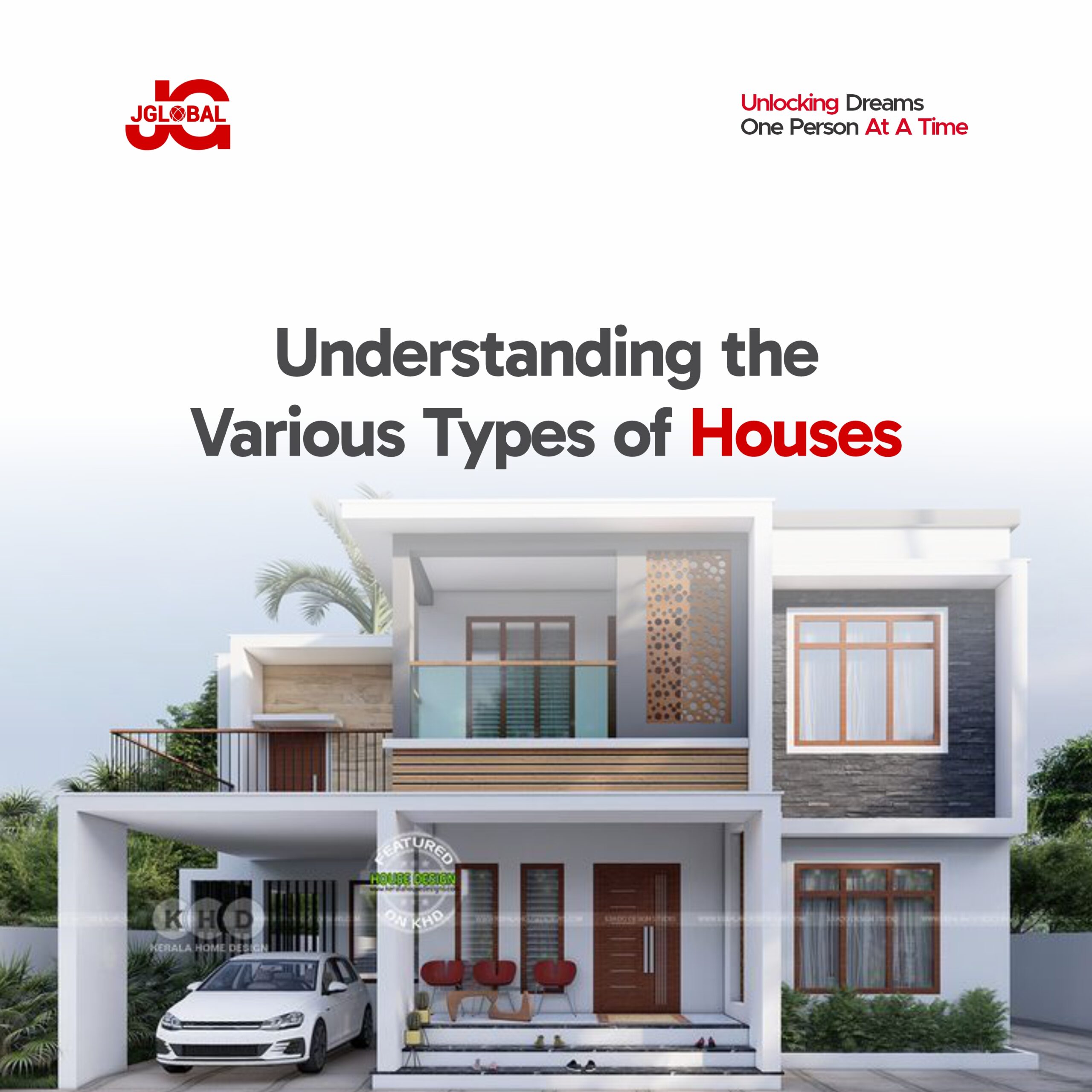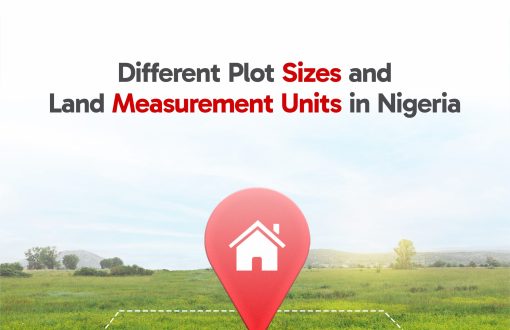UNDERSTANDING THE VARIOUS TYPES OF HOUSES: A COMPREHENSIVE GUIDE.

INTRODUCTION
When it comes to finding a place to live, there are many types of houses to choose from. From small to large family homes, the options can be confusing. The type of house you pick depends on things like your budget, lifestyle, and personal taste. In this guide, we will take a look at the different types of houses around the world, explaining their features and helping you understand what might be the best choice for you. Whether you are looking to buy, rent, or just want to learn more, this post will give you a clear overview of the most common types of homes.
DIFFERENT TYPES OF HOUSES
Detached Houses and Its pros and cons:
Detached houses are also known as single-family homes. They are standalone structures that aren’t attached to any other building. These homes tend to be the most expensive type of housing, but they also offer the most space and flexibility. One of the biggest advantages of detached houses is the increased privacy and room to move around, making them ideal for families or those who want a bit more freedom. However, they come with a few downsides, such as higher costs, maintenance responsibilities, and property taxes, which can add up over time.
Semi-Detached Houses and its pros and cons:
Semi-detached houses, or townhouses, are homes that are connected to another house by a shared wall. They provide a good balance of space, affordability, and a sense of community. These homes are usually cheaper than detached houses but still provide enough room and flexibility for families. However, one downside is that since the house shares a wall with a neighbor, there is less privacy compared to a detached home. While they offer a middle ground, the shared wall means you will have to be mindful of noise and space.
Terraced Houses and its pros and cons:
Terraced houses are also called row houses. They are connected to several other homes by shared walls. These types of homes are commonly found in cities and offer a close-knit, community-focused way of living. They are usually more affordable than other types of houses and are perfect for people who enjoy being close to shops, schools, and public transport. However, the downside is that they tend to have less space and flexibility. Since they share walls with multiple neighbors, there is also less privacy compared to other types of homes.
Apartments and its pros and cons:
Apartments are individual housing units inside a larger building, and they are often the most affordable type of housing. They are perfect for people looking for a low-maintenance living option, as things like building repairs are usually taken care of. Apartments are often located in busy urban areas, close to shops, restaurants, and public transport. However, they tend to have less space and flexibility compared to houses, and you’ll need to share common areas like hallways or laundry rooms with other tenants, which can sometimes reduce privacy.
Bungalows-its pros and cons:
Bungalows are small, one-story houses that are often found in suburban or rural areas. They are known for their cozy, intimate atmosphere and are a popular choice for retirees or first-time homebuyers who want a simpler, low-maintenance lifestyle. Bungalows are usually more affordable and located in quieter, less busy areas. However, they tend to have limited space and flexibility, which might not suit larger families or those who need extra room.
Duplexes-its pros and cons:
Duplexes are homes that consist of two separate living units attached by a shared wall. These homes are commonly found in urban areas and offer a community-driven living experience, as residents are close to one another. Duplexes are usually more affordable than detached homes, making them a good option for people on a budget. However, living in a duplex means sharing a wall with a neighbor, which can lead to less privacy and potential noise issues. The shared space can also make it harder to personalize or expand the home.
Condominiums-its pros and cons:
Condominiums, or condos, are individual housing units within a larger building, where each unit is owned by an individual but the building’s common areas are shared with other owners. Condos are typically found in urban areas, close to work, shops, and entertainment, offering a unique living experience where community and convenience are key. They are often affordable compared to single-family homes and require less maintenance. However, since there are shared spaces like hallways, gyms, or pools, privacy can be limited, and there may be less space and flexibility for personal use or expansion.
Villas-its pros and cons:
Villas are large, luxurious houses that are often found in suburban or rural areas. They’re known for their spacious, elegant atmosphere, popular among high-income earners or retirees and often located in quiet areas. However, there is a high cost of maintenance and property taxes.
Maisonettes-its pros and cons:
Though they have different definitions, maisonettes refer to ground-floor apartments in a multi-level or multi-family building with direct street access. The pros are that they are very budget-friendly, offer a cozy atmosphere, and require minimal maintenance, making them ideal for first-time buyers, singles, or couples. However, they can feel somewhat small, which may not be suitable for larger families or individuals needing extra space. Additionally, their compact design can pose challenges for renovations or personalizing the space.
CONCLUSION
And there you have the comprehensive guide to the various types of houses out there. Whether you’re a first-time homebuyer or a seasoned property owner, we hope this article has provided you with valuable insights into the world of housing.



